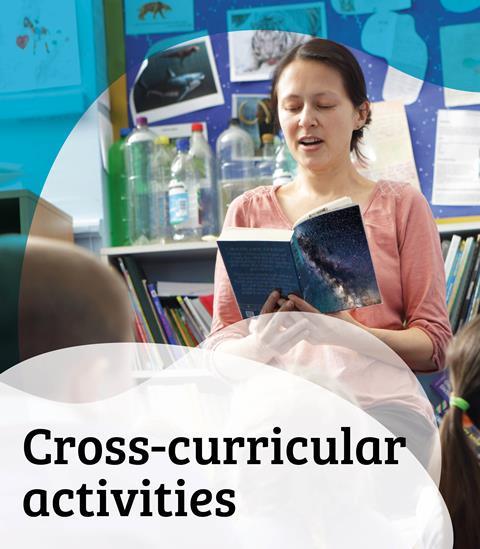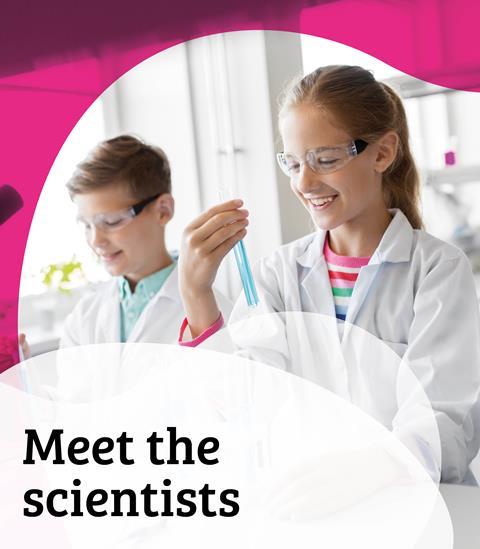This resource allows primary school students to explore the difference between a natural material and a synthetic material. The Materials used in different sports for the Olympic Games is then explored.
If you teach primary science, see the headings below to find out how to use this resource:
Skill development
Children will develop their working scientifically skills by:
- Selecting and planning the most appropriate ways to answer science questions, recognising and controlling variables where necessary, including:
- Grouping and classifying things.
- Using appropriate scientific language and ideas to explain, evaluate and communicate their methods and findings.
Learning outcomes
Children will:
- Compare and group together everyday materials on the basis of their properties, including their hardness, solubility, transparency, conductivity (electrical and thermal), and response to magnets.
Concepts supported
Children will learn:
- That materials can be grouped according to whether they are synthetic or natural.
Suggested activity use
This resource could be used as a standalone activity to check children’s understanding of previous learning, or it could be used in conjunction with the Olympic Composite resource.
Alternatively, you may choose to use this with a small group as an assessment tool, to check particular children’s understanding about synthetic and natural materials and their properties.
Practical considerations
The term ‘synthetic’ may need explaining to children.
Also, you may want to provide a range of natural and synthetic materials for children to explore first-hand.
Downloads
Olympic materials primary
Handout | PDF, Size 93.07 kbOlympic materials presentation
Presentation | PowerPoint, Size 0.83 mbOlympic materials teachers notes
Handout | PDF, Size 0.15 mb
Additional information
If you teach primary science, see the headings below to find out how to use this resource:
Skill development
Children will develop their working scientifically skills by:
- Selecting and planning the most appropriate ways to answer science questions, recognising and controlling variables where necessary, including:
- Grouping and classifying things.
- Using appropriate scientific language and ideas to explain, evaluate and communicate their methods and findings.
Learning outcomes
Children will:
- Compare and group together everyday materials on the basis of their properties, including their hardness, solubility, transparency, conductivity (electrical and thermal), and response to magnets.
Concepts supported
Children will learn:
- That materials can be grouped according to whether they are synthetic or natural.
Suggested activity use
This resource could be used as a standalone activity to check children’s understanding of previous learning, or it could be used in conjunction with the Olympic Composite resource (https://edu.rsc.org/866.article
Alternatively, you may choose to use this with a small group as an assessment tool, to check particular children’s understanding about synthetic and natural materials and their properties.
Practical considerations
The term ‘synthetic’ may need explaining to children.
Also, you may want to provide a range of natural and synthetic materials for children to explore first-hand.












No comments yet